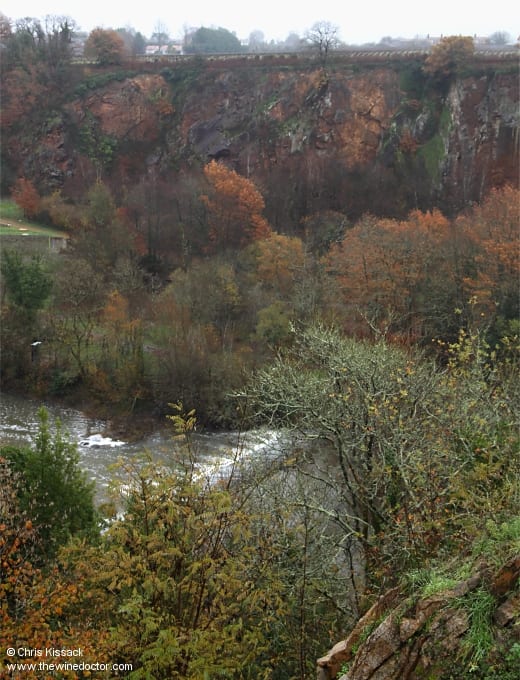Nantais Geology
Following the course of the Loire from its origin close to Mont Gerbier de Jonc down to the Atlantic Ocean takes us across a variety of terroirs. The river springs from the ancient rocks of the Massif Central, before flowing across the relatively youthful limestones of the Bassin Parisien, eventually reaching the older igneous and metamorphic rocks of the Massif Armoricain. This much I have already covered in my introduction to the geology of the Loire Valley; here, as I home in on the vineyards, grapes and wines of the Nantais, I focus more closely on the geology of this particular region.
I think it is fair to say that the Nantais has the most complex geology of the entire Loire Valley. From Sancerre and Pouilly-Fumé down through Vouvray and Chinon, and across the eastern part of Anjou, any geological discussion will focus on limestone, in various combinations with its eternal partners, flint and clay. Even in the western part of Anjou, where the superficial limestones of the Bassin Parisien thin and eventually disappear, revealing the older rocks of the Massif Armoricain beneath, there is still one dominant rock which is schist, albeit peppered with streaks of spilite, phthanite, quartz and other craggy curiosities.
The situation in the Nantais is very different, with an explosion of different rocks, laid down in seemingly random streaks, splodges and swirls. We find some familiar forms here, such as granite (pictured above are the red granite cliffs overlooking the Maine as it flows through Château-Thébaud), as well as the more esoteric, including glorious gabbro, amphibolite and the shimmering jade-like green of serpentinite.

